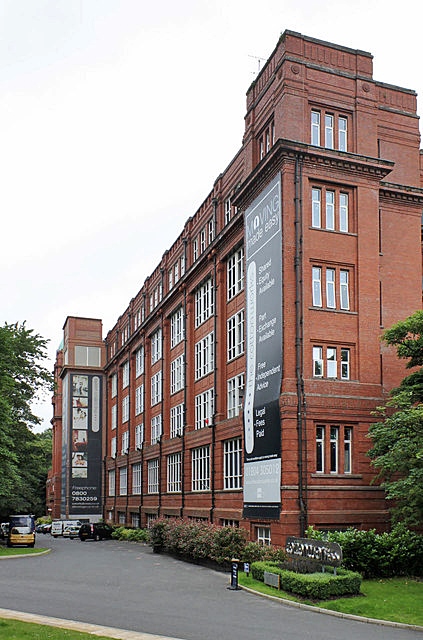Astley Bridge Mill on:
[Wikipedia]
[Google]
[Amazon]
 Astley Bridge Mill or Holden Mill is a former
Astley Bridge Mill or Holden Mill is a former
 Astley Bridge Mill or Holden Mill is a former
Astley Bridge Mill or Holden Mill is a former cotton mill
A cotton mill is a building that houses spinning or weaving machinery for the production of yarn or cloth from cotton, an important product during the Industrial Revolution in the development of the factory system.
Although some were driven b ...
in the district of Astley Bridge
Astley Bridge is predominantly a residential district of Bolton in Greater Manchester, England. It is north of Bolton town centre, south of Blackburn, and northwest of Manchester.
History
Astley Bridge is quite a modern place name and onl ...
in Bolton
Bolton (, locally ) is a large town in Greater Manchester in North West England, formerly a part of Lancashire. A former mill town, Bolton has been a production centre for textiles since Flemish weavers settled in the area in the 14th ...
, Greater Manchester
Greater Manchester is a metropolitan county and combined authority area in North West England, with a population of 2.8 million; comprising ten metropolitan boroughs: Manchester, Salford, Bolton, Bury, Oldham, Rochdale, Stockport, Tam ...
, England, which has since been converted into an apartment building. Constructed in 1926 for Sir John Holden & Sons Ltd, it was the last cotton mill to be built in Bolton and is a Grade II listed building
In the United Kingdom, a listed building or listed structure is one that has been placed on one of the four statutory lists maintained by Historic England in England, Historic Environment Scotland in Scotland, in Wales, and the Northern Ir ...
.
Architecture
Designed by the local architectural company ofBradshaw, Gass and Hope
Bradshaw Gass & Hope is an English architectural practice founded in 1862 by Jonas James Bradshaw (–1912). The style "Bradshaw Gass & Hope" was adopted after his death referring to the remaining partners John Bradshaw Gass and Arthur John Ho ...
, the building has five storeys and a basement, with a typical rectangular floor plan of 14 by 6 bays and a flat concrete roof. The internal structure is made of steel and concrete, faced in brick with red terracotta detailing in a restrained Art Deco style. At one corner is a stair tower with a domed copper roof; projections at other corners carry services between floors. It was designed from the outset to use electricity from the local power station, one of the earliest mills to do so, and thus had no large boiler house and stack, although conventional heating boilers and chimneys were required for heating purposes.
Equipment
Line shafts at ceiling height on each floor which operated the spinning machines were driven by individual electric motors. The end bays in upper floors were lower than the rest of the floor to allow the mounting of the motors at the appropriate height. The mill housed 125,000 mule spindles and 31,000 ring spindles.History
The building and fitting of the mill was completed in 1927, by which time its owner, Sir John Holden, 1st Baronet, had recently died. Sir John was aself-made man
"Self-made man" is a classic phrase coined on February 2, 1842 by Henry Clay in the United States Senate, to describe individuals whose success lay within the individuals themselves, not with outside conditions. Benjamin Franklin, one of the Foun ...
who was born in Bolton but lived in Leigh where he was twice Mayor of the town.
Cotton spinning at the mill came to an end in 1965, after which time it was occupied by Littlewoods Mail Order as a warehouse.
In 2006 planning application for conversion to apartments. The exterior window frames visible today are actually unglazed and provide open balcony screens designed to preserve the mill's original appearance.
See also
* Listed buildings in BoltonReferences
{{Authority control Cotton mills Textile mills in the Metropolitan Borough of Bolton Grade II listed buildings in the Metropolitan Borough of Bolton Grade II listed industrial buildings